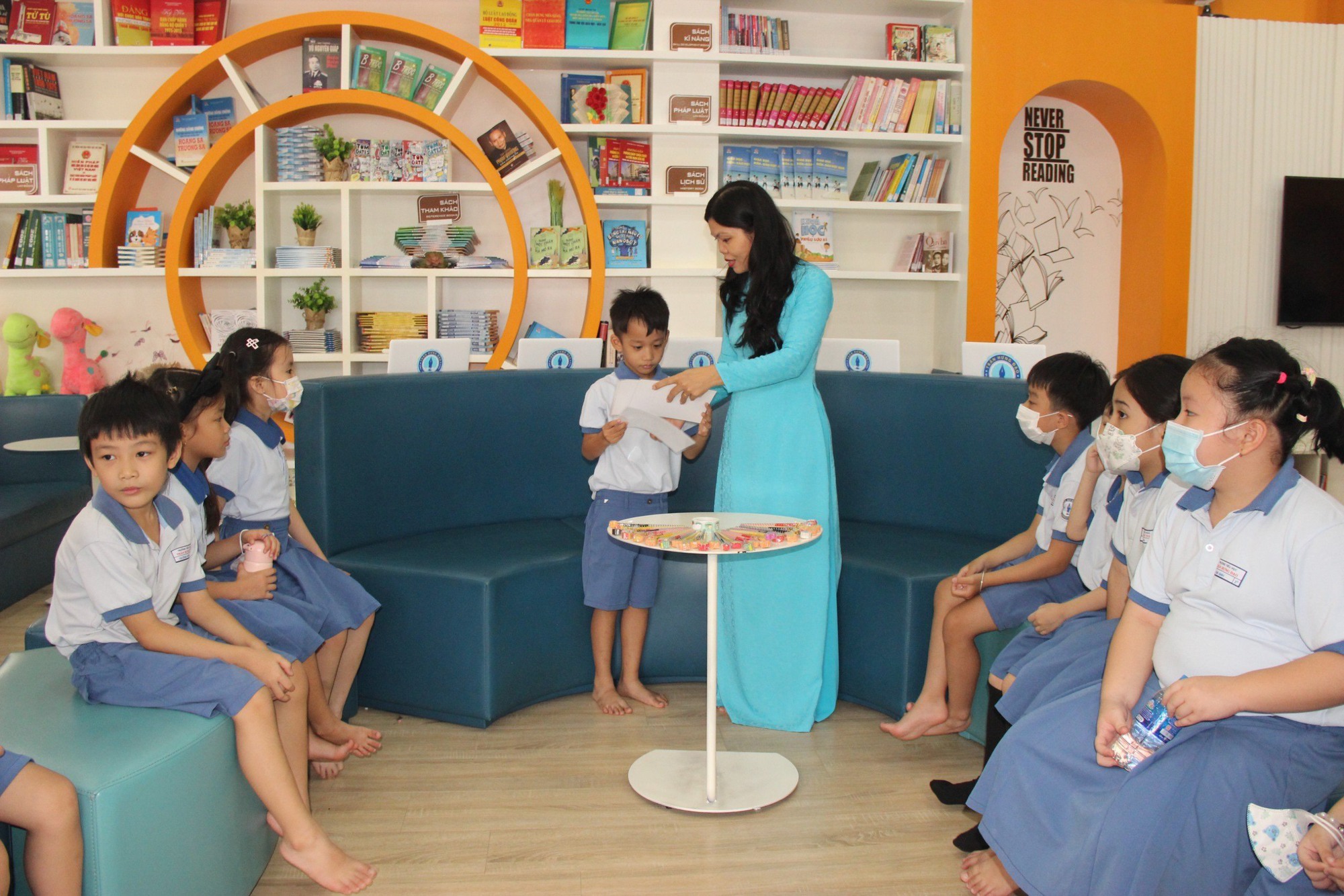
Tran Hung Dao Primary School (District 1, Ho Chi Minh City) has invested in a modern library to serve students' reading needs.
According to statistics from the Department of Education and Training, Ho Chi Minh City currently has 2,084,226 students studying at 2,716 educational institutions (not including family childcare groups and independent kindergarten classes), including 1,467 public units and 1,249 non-public units with a total of about 95,000 teachers.
Ho Chi Minh City has 35 foreign-invested schools (including 19 general schools with multiple levels, 2 primary schools and 14 kindergartens). Currently, Ho Chi Minh City has about 170 enterprises investing in the education and training sector.
The leaders of the Department of Education and Training stated that foreign-invested schools play an important role in creating a good learning environment for children of foreigners and Vietnamese people living abroad who come to Vietnam to work, contributing to promoting foreign investment in Vietnam and contributing to the city's development.
Besides general schools with foreign elements, non-public schools in general have made an important contribution to the development of education and training.
The development of non-public schools has reduced pressure on urban education, especially in districts with high population density and urbanization, and high demand for schools to meet the rapidly increasing student population.
However, according to Mr. Nguyen Van Hieu, Director of the Department of Education and Training of Ho Chi Minh City, there are difficulties in implementing socialization. For example, the assessment and awareness of socialization among a number of cadres and people are still inadequate, the speed of socialization is still slow, not commensurate with the potential and has not been able to mobilize all resources to develop education and training. The contradiction between the requirements of innovation and the operating mechanism is always an obstacle for those who implement it.
In addition, the policy regime is not consistent, lacks and is slow to provide specific guidance, and especially the operating mechanism of public schools does not allow for the full promotion of the positive and creative capabilities of the facilities and teachers. The school autonomy mechanism in terms of finance, tuition fees, recruitment, etc. has not created a great driving force for development.

Canadian International Bilingual School with activities to welcome students back to school
According to the leader of the Department of Education and Training, although non-public institutions have increased rapidly in number, they are generally small in scale, have limited facilities, and have uneven development, mainly concentrated in the inner city, inner town, and densely populated areas. The level of social development is still low in suburban areas, remote areas, and disadvantaged areas; services are still lacking compared to demand; the quality of in-depth expertise has not been achieved as in the public sector; the staff and teachers are still lacking and weak, and the quality and efficiency of operations are not high. People still rely on the care of the state and do not trust the quality of the non-public school system.
The management of foreign-invested schools and organizations providing study abroad consulting services still has many shortcomings due to the lack of a complete system of legal documents.
Investment procedures are still complicated and inadequate, causing difficulties in the process of investment mobilization, project introduction and specific negotiations.
From there, Ho Chi Minh City has made proposals and recommendations to the National Assembly, the Government, ministries and branches on removing difficulties and obstacles in mechanisms and policies for implementing socialization in education and training. In particular, it considers removing and resolving issues related to land use planning for the purpose of building educational facilities; specific solutions and mechanisms, specific preferential policies on land, taxes, administrative procedures, etc. to mobilize resources outside the state budget to invest in developing the school network in the form of public-private partnership, demand stimulation and socialization.
Source link


![[Photo] Prime Minister Pham Minh Chinh chairs meeting to discuss tax solutions for Vietnam's import and export goods](https://vstatic.vietnam.vn/vietnam/resource/IMAGE/2025/4/10/19b9ed81ca2940b79fb8a0b9ccef539a)

![[Photo] Phuc Tho mulberry season – Sweet fruit from green agriculture](https://vstatic.vietnam.vn/vietnam/resource/IMAGE/2025/4/10/1710a51d63c84a5a92de1b9b4caaf3e5)










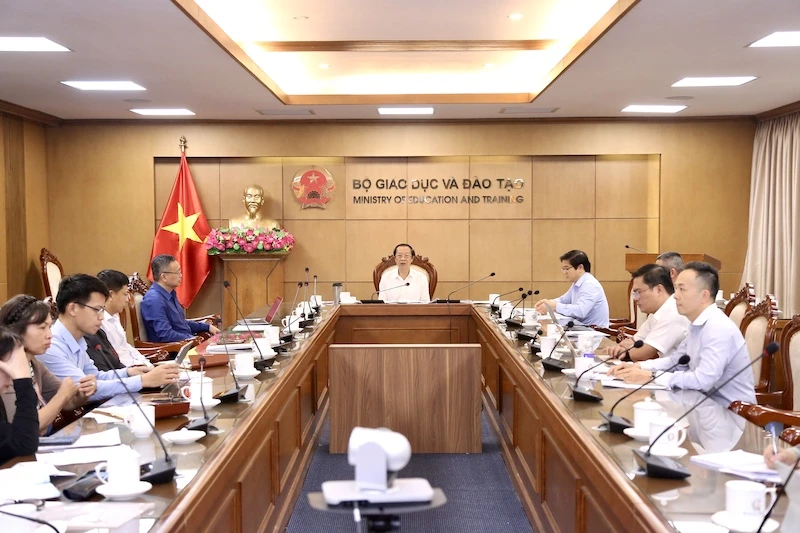







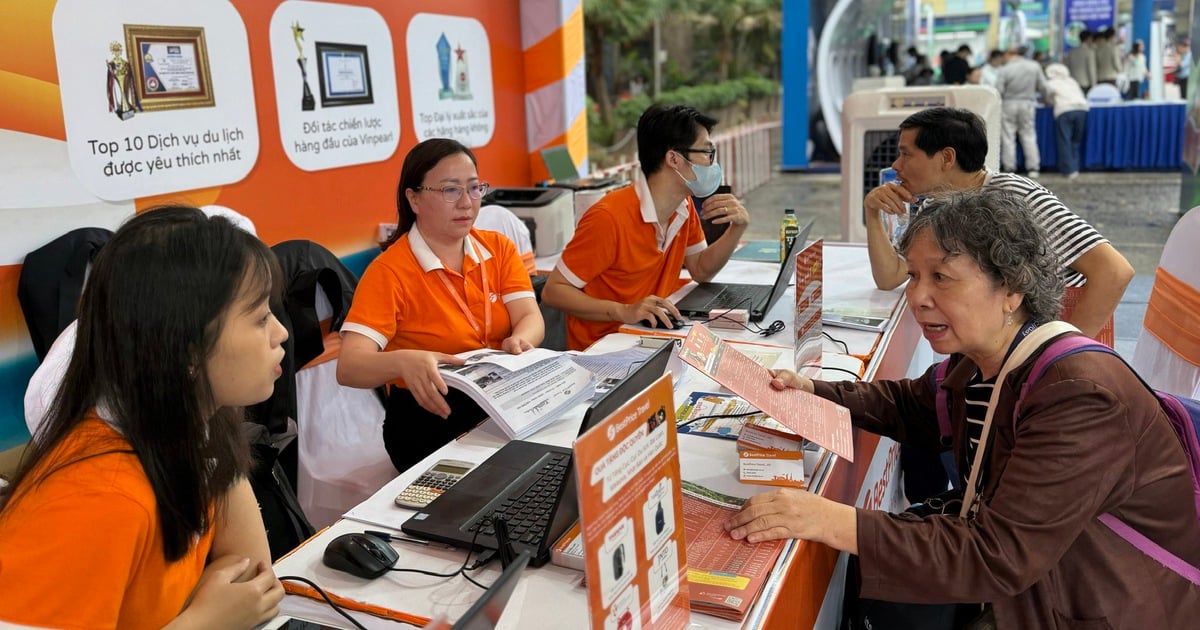
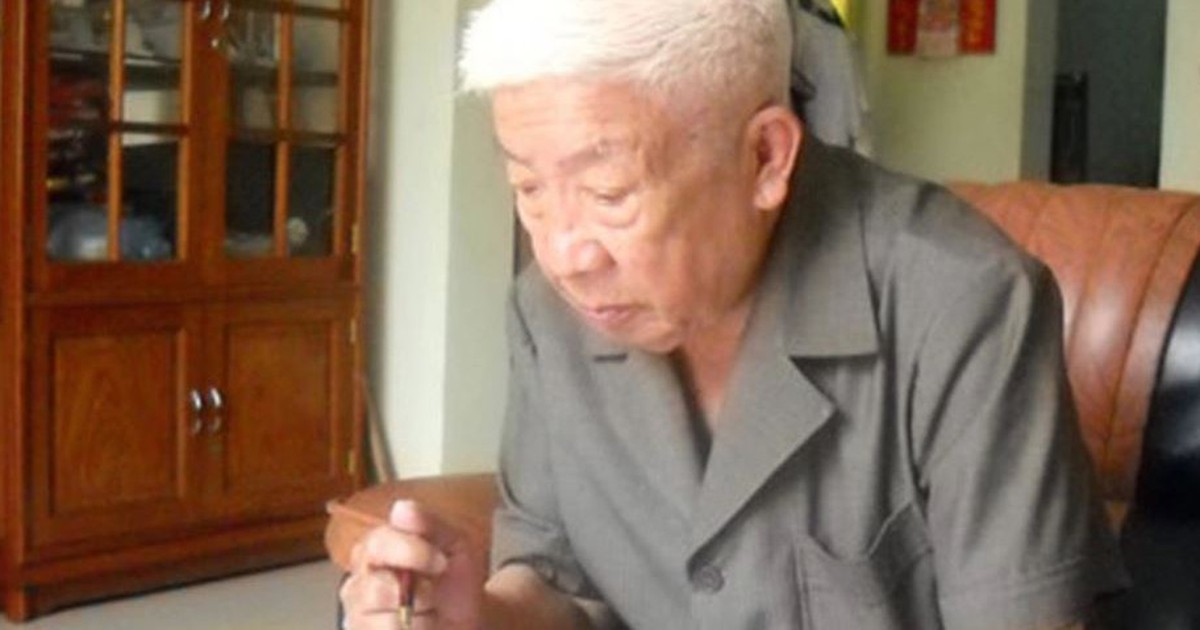

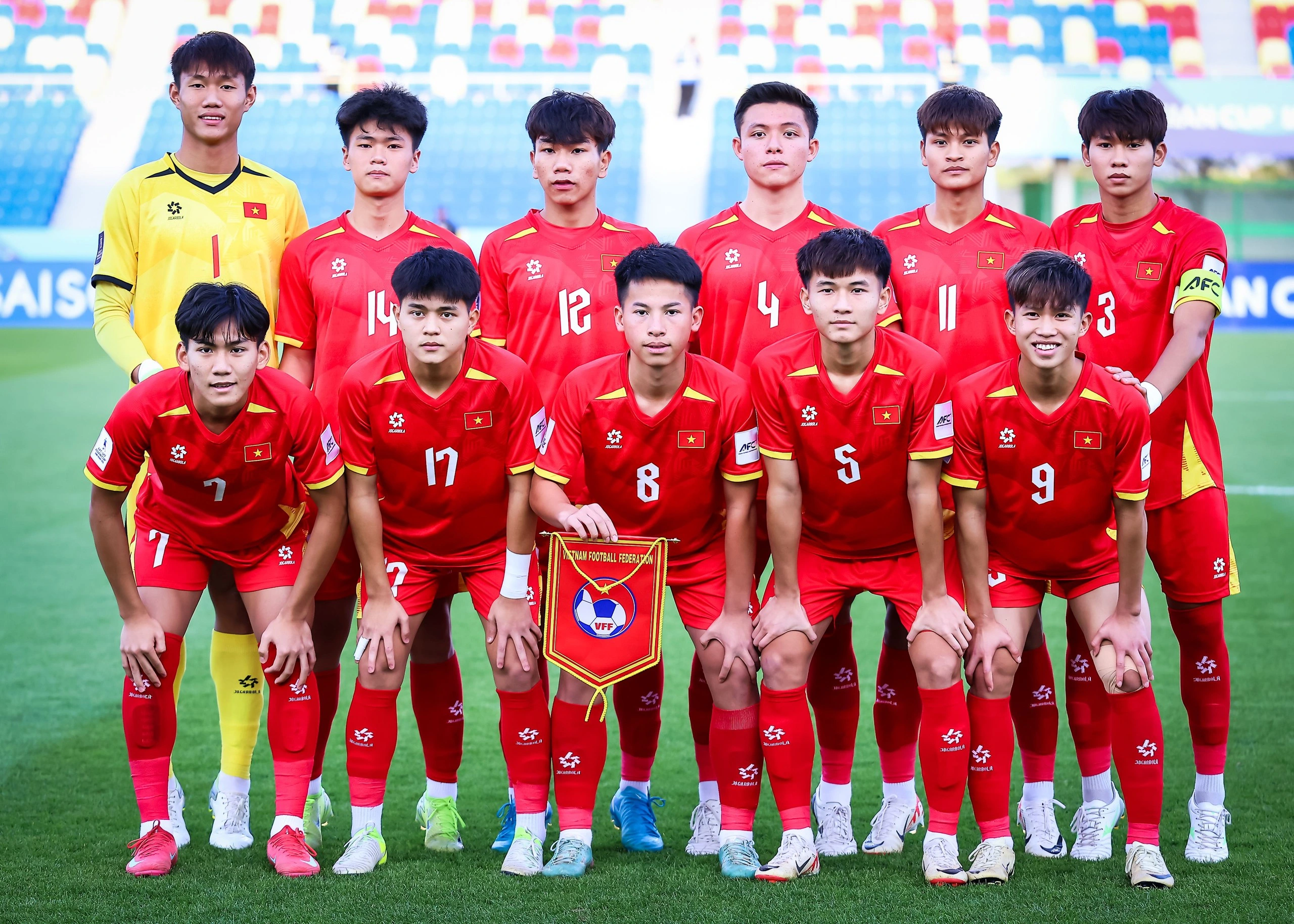

![[Photo] Unique folk games at Chuong Village Festival](https://vstatic.vietnam.vn/vietnam/resource/IMAGE/2025/4/10/cff805a06fdd443b9474c017f98075a4)




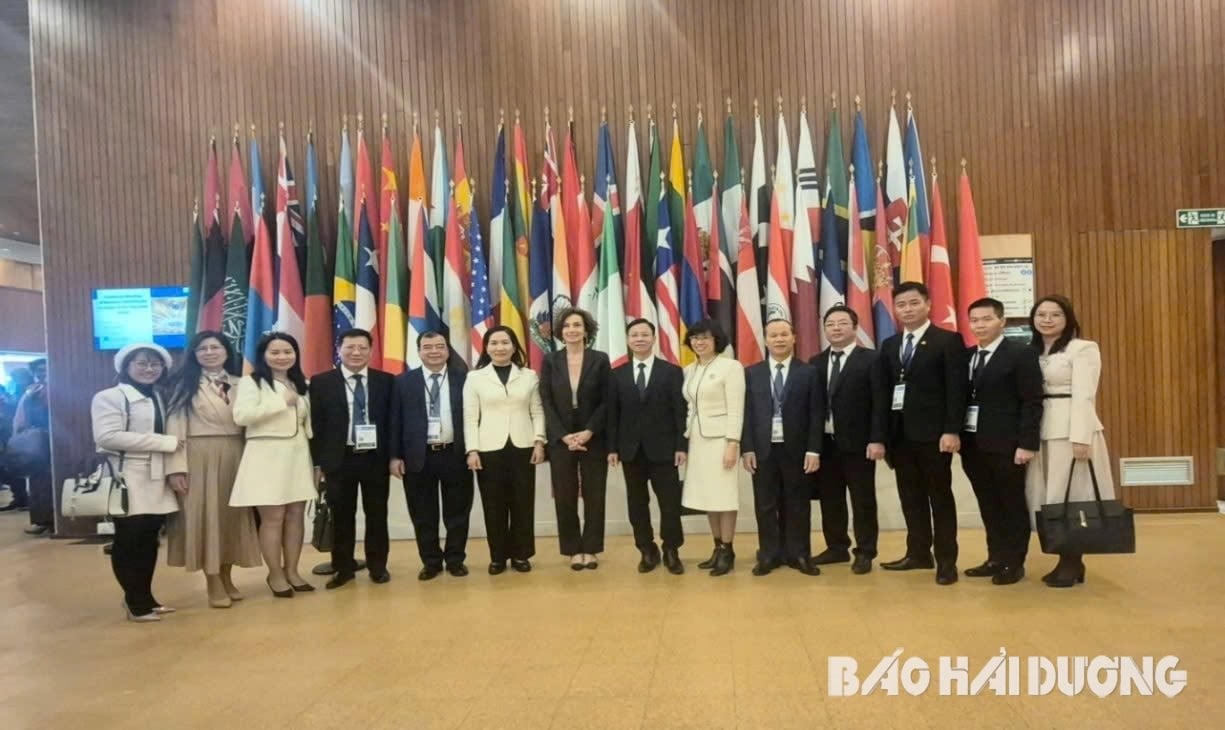








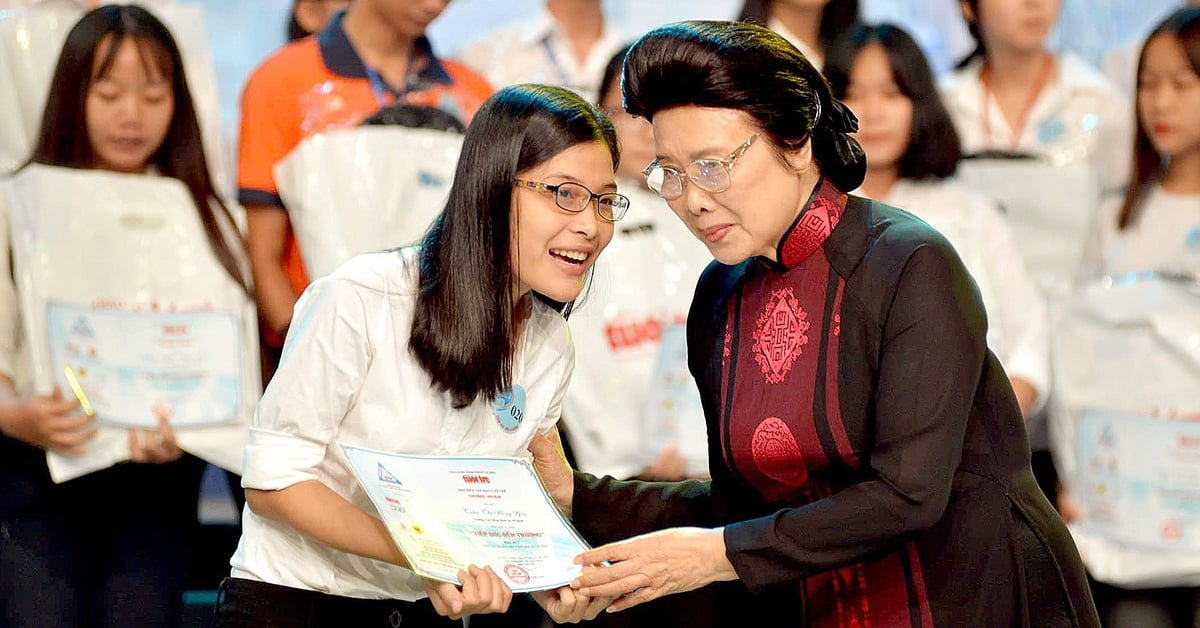






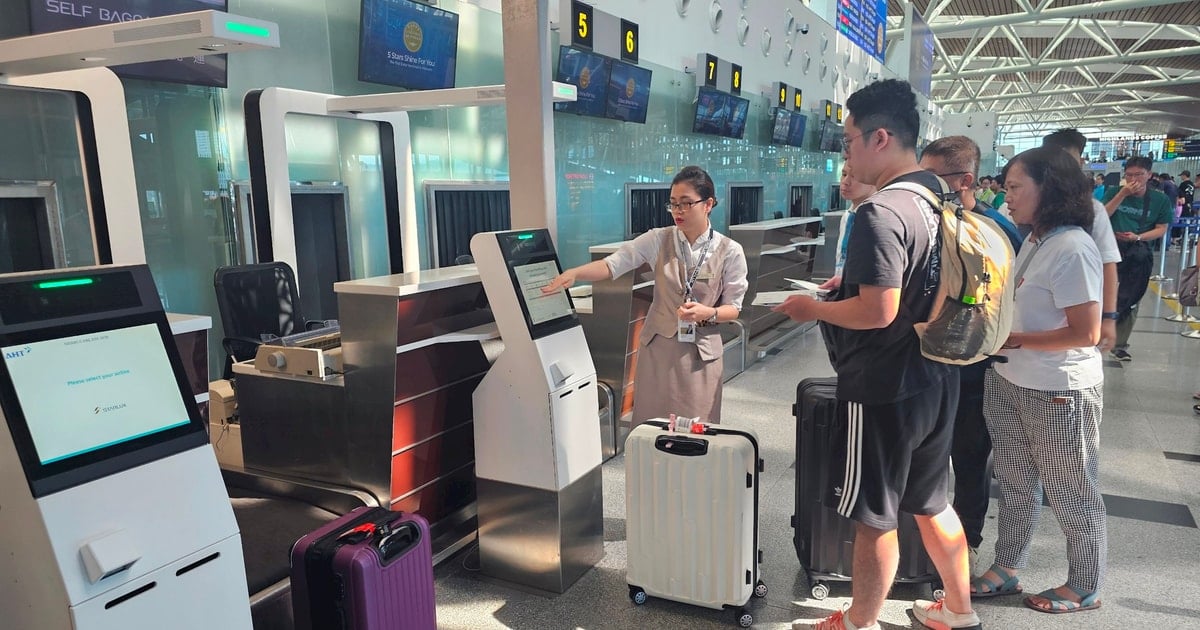



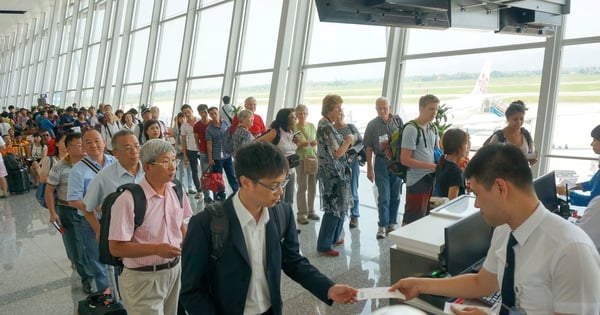


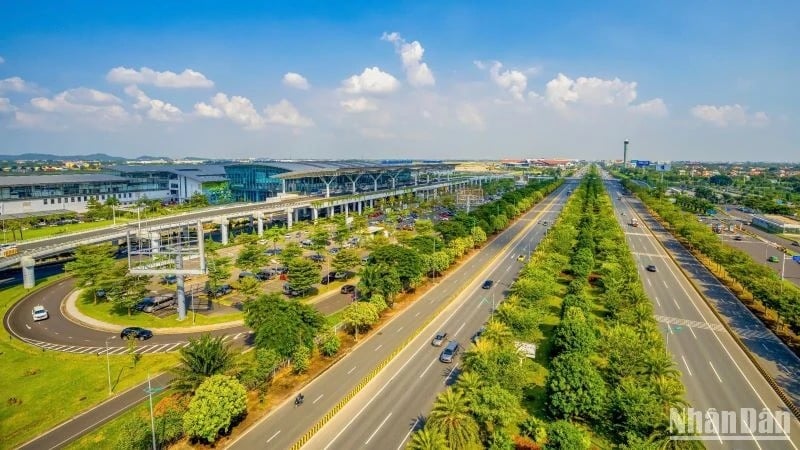



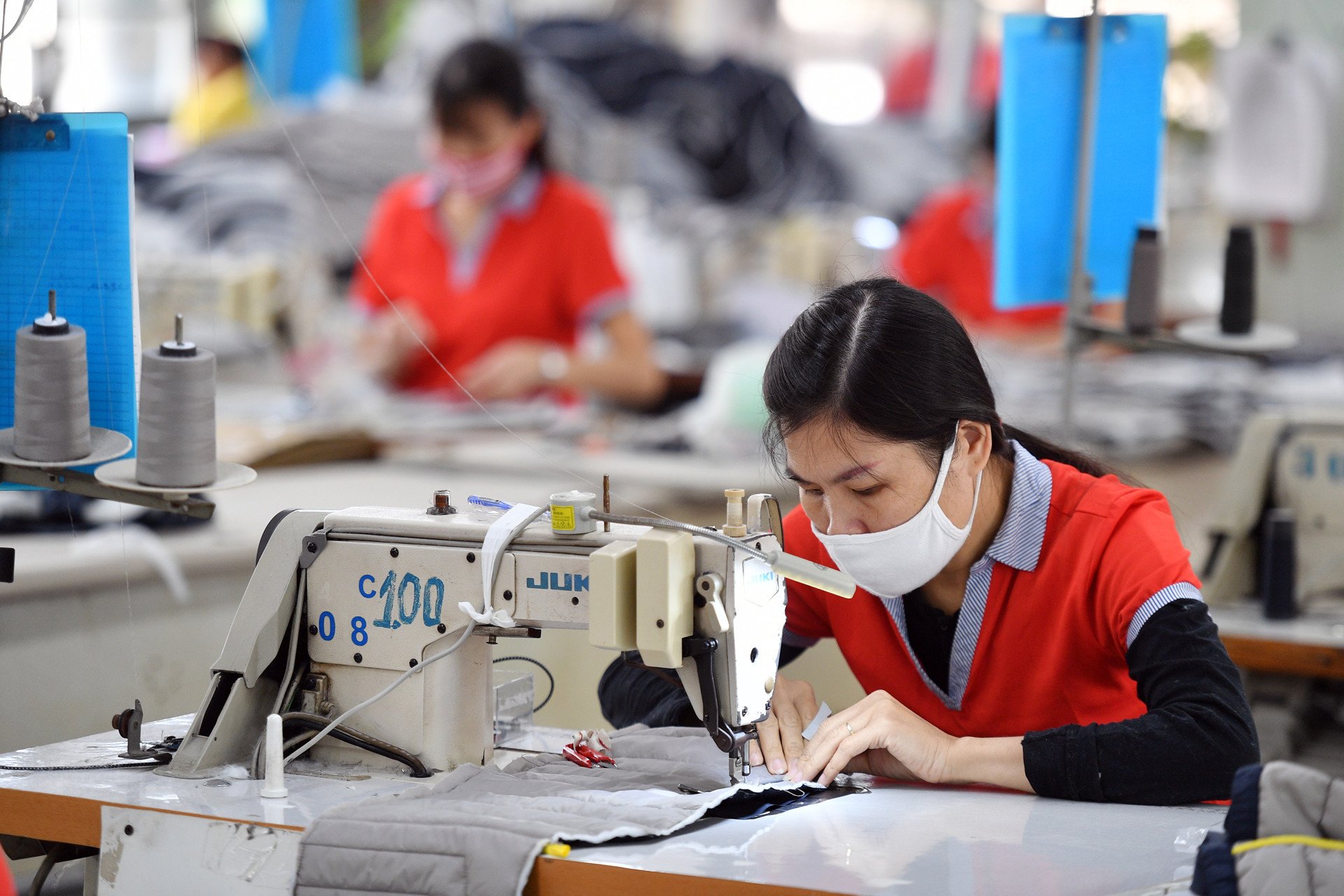
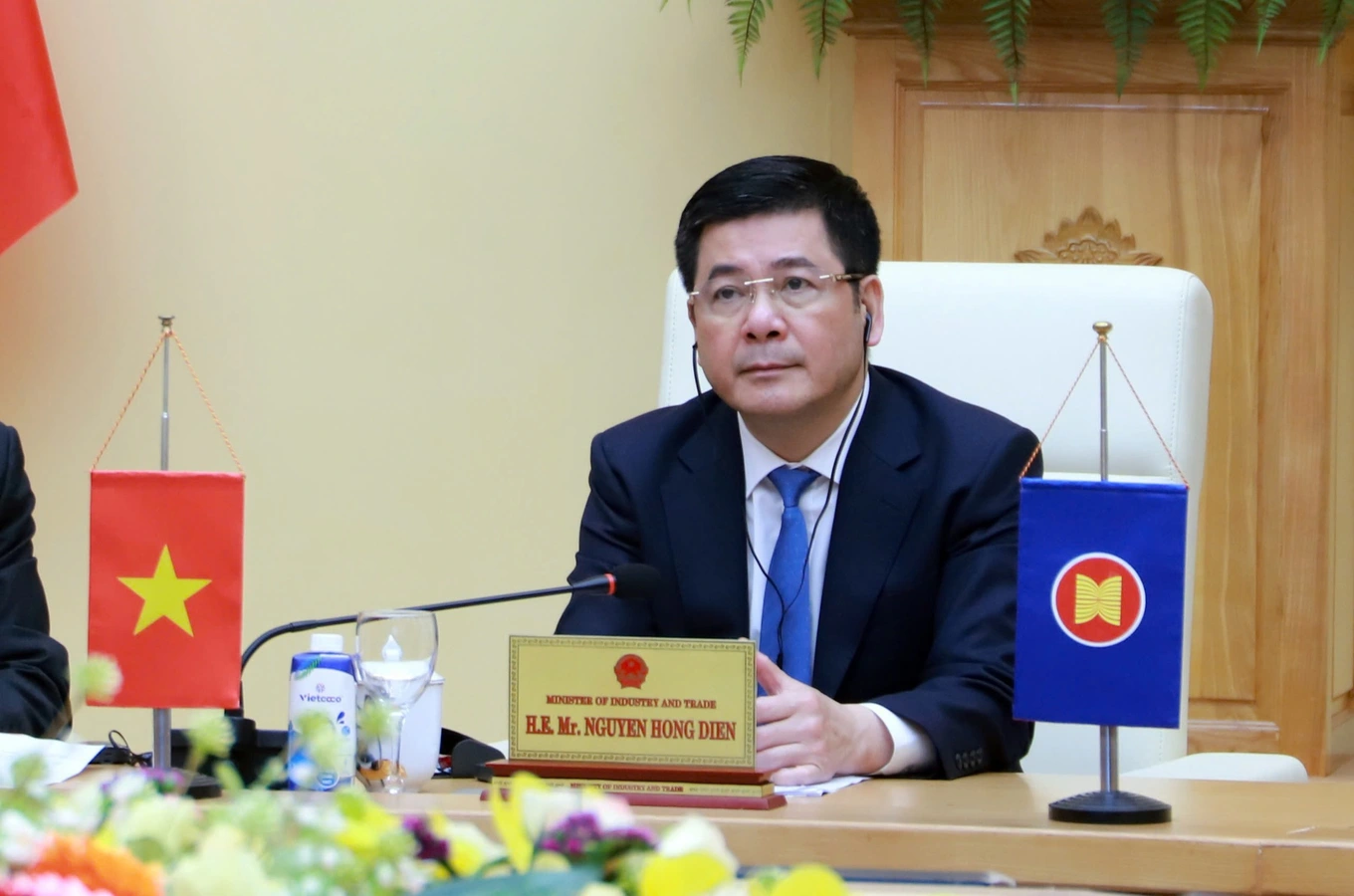

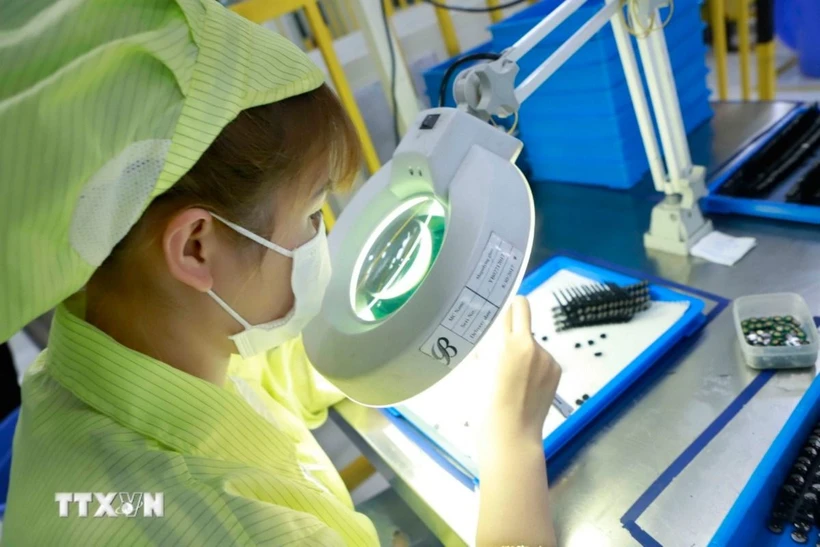

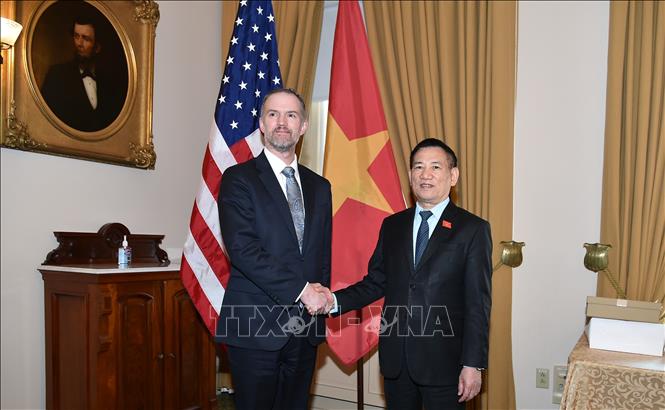

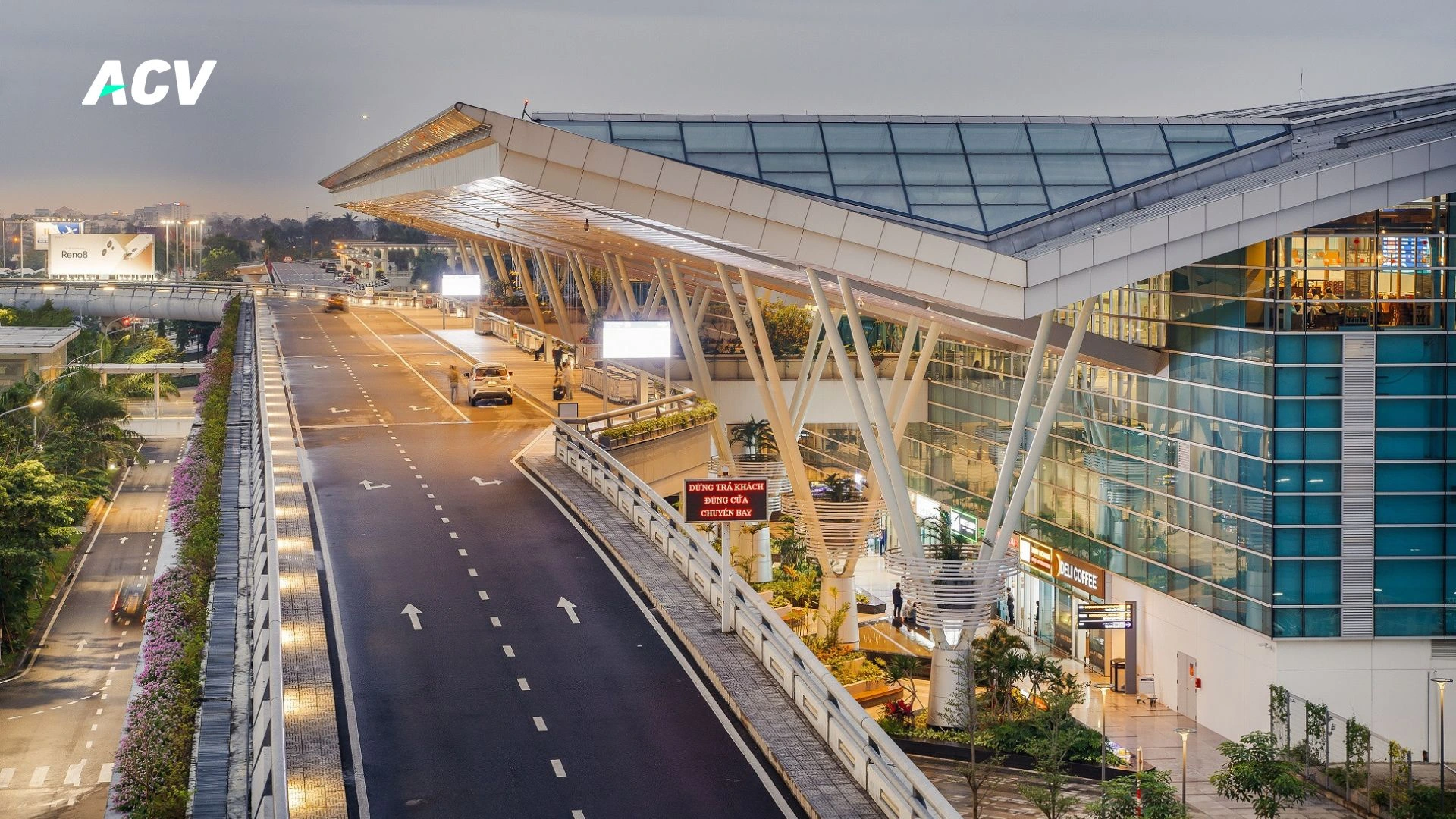
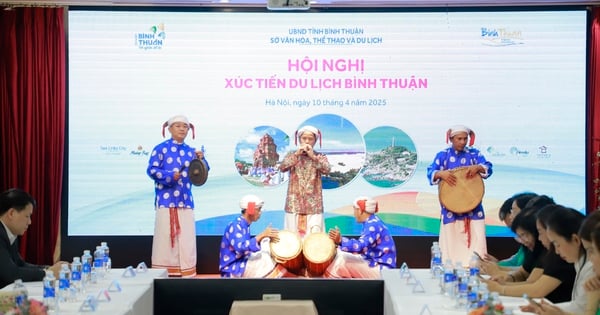


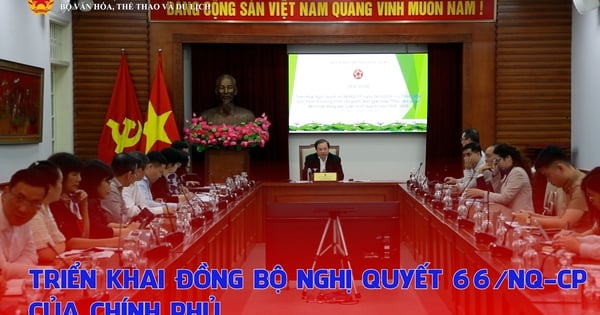
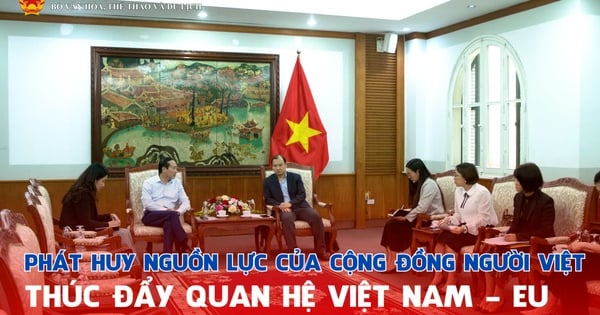
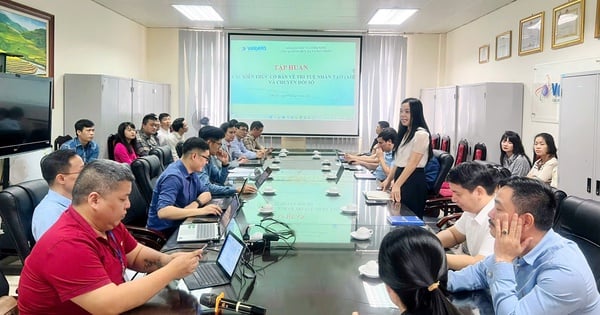

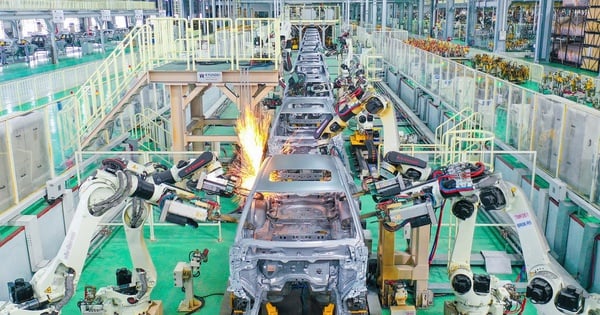


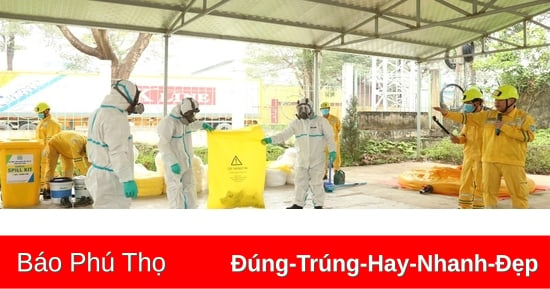

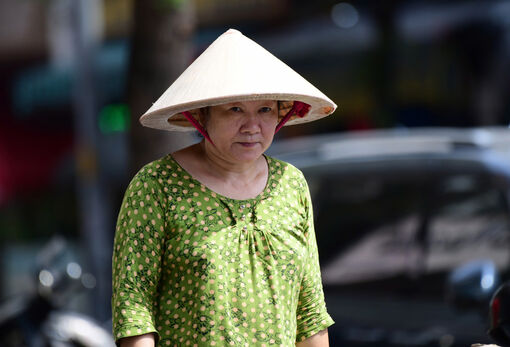









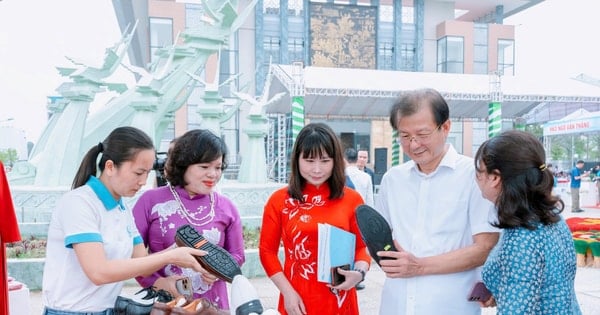


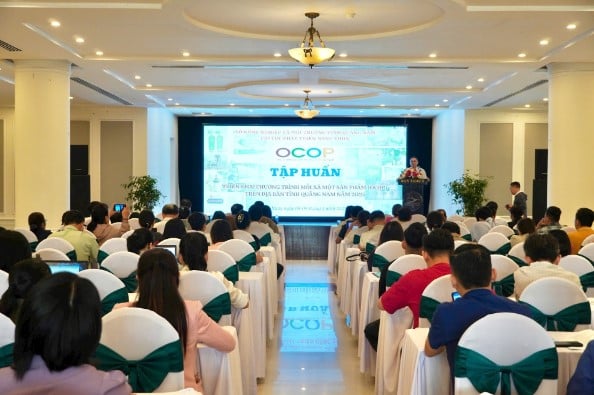
Comment (0)